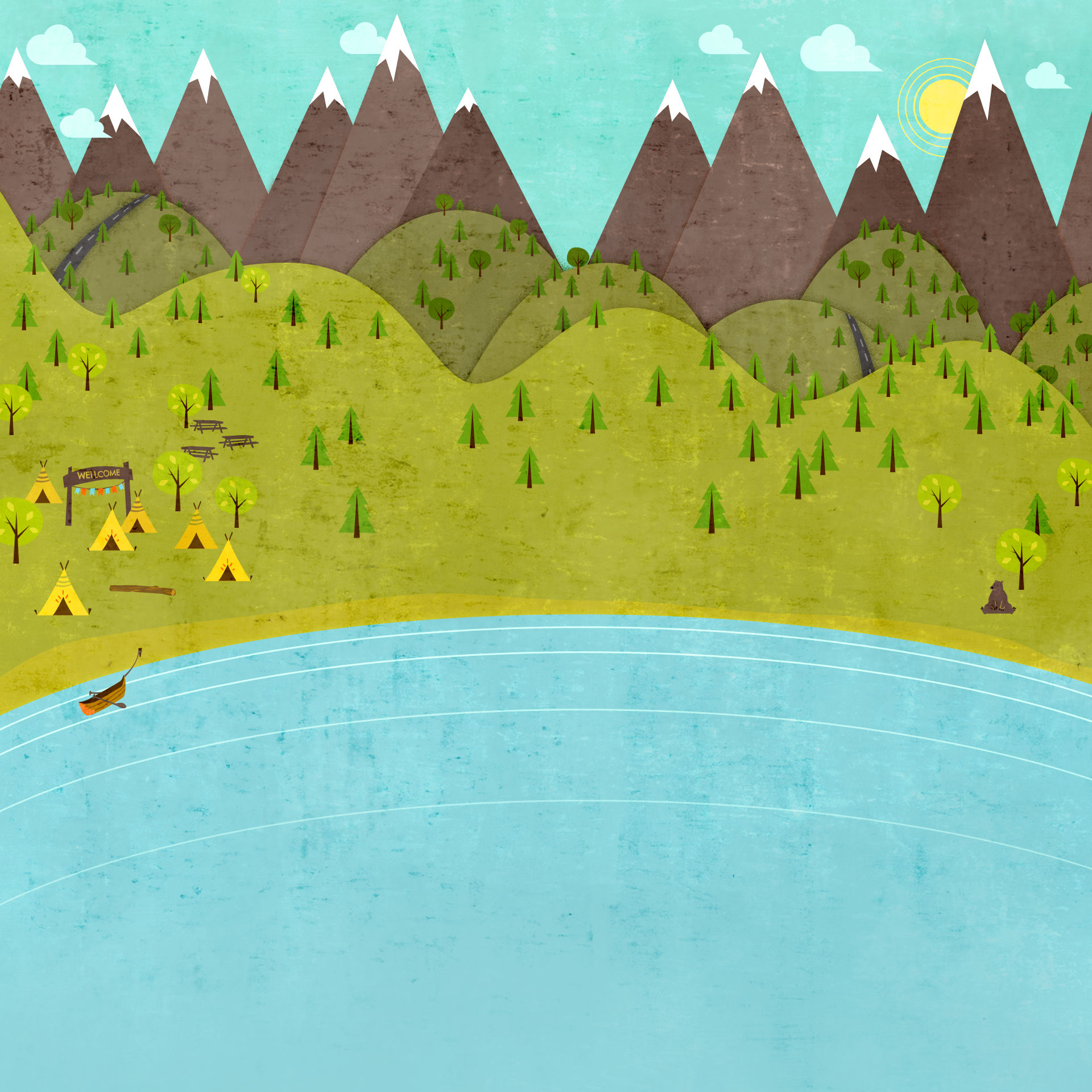

Crooked Wings still learn to fly


What to expect on your journey
Diagnosis
Early diagnosis and treatment helps to prevent curve progression and deformity. Scoliosis left untreated may progress, leaving the spine abnormally curved, stiff, and sometimes rigid. This makes treatment difficult and increases the risks for serious complications.
Medical and Family History is the first step in Scoliosis Diagnosis:
The patient, parents, and physician discuss the medical and family history. The physician looks for any underlying medical condition that might be causing scoliosis. A family history of the disease or other attributing medical disorders is noted.
The patient's age, onset of puberty, or menarche (girls) helps to determine the number of years remaining until the child reaches adulthood, at which time curve progression may cease.
Physical Examination
A thorough physical examination reveals a lot about the health and general fitness of the patient. The exam provides a baseline from which the physician can measure the patient's progress during treatment. The physician will observe the patient standing (front and back) and look for any asymmetric abnormalities in the shoulders, rib cage, waist, and pelvis.
Patients with scoliosis may present humpback, one hip higher than the other, or listing to one side. In severe scoliosis, cardiopulmonary (heart/lung) function is tested. The physical examination also includes:
-
Adam's Forward Bending Test requires the patient to bend forward at the waist. Viewed posteriorly (from behind), scoliosis is suspected if a thoracic (mid-back) or lumbar (lower back) prominence is apparent.
-
A rib hump can be measured in degrees using a Scoliometer. While the patient is bent at the waist, the scoliometer is placed over the rib hump.
-
Leg length is measured and compared to determine discrepancy.
-
A plumb line held posteriorly at the 7th cervical vertebra (C7) is allowed to hang below the buttocks. In a normal spine, the line passes through the gluteal crease (middle of buttocks). In scoliosis, the scoliotic portions of the spine may fall to the right or left of the line.
-
Palpation determines spinal abnormalities by feel. The ribs (thoracic) or lumbar muscles may feel more prominent on one side of the spine than the other.
-
Range of motion measures the degree to which a patient can perform movements of flexion, extension, lateral bending, and spinal rotation. The doctor also notes asymmetry.
Neurological Examination
Patients are assessed for underlying neurological problems that may be causing scoliosis. The following symptoms are assessed:
-
pain
-
numbness
-
paresthesias (eg, tingling)
-
extremity sensation and motor function
-
muscle spasm
-
weakness
-
bowel/bladder changes.
Radiographs (X-rays) Show the Scoliotic Curve
X-rays indicate if the scoliotic curves are structural (major) or non-structural (minor). If possible find an Xray centre that has an EOS solution which is a low dose imaging full spinal solution.
To see the entire length of the spine, the doctor will have the patient stand. Two views are typically taken in x-rays for scoliosis:
PA (posterior-anterior, or back to front) and lateral (side) x-rays.
Side bending AP (anterior-posteriod, or front to back) x-rays are sometimes done to assess spinal flexiblity.
Watch & wait
Bracing
If you or someone you know has scoliosis, observation may be an appropriate treatment option for small spinal curves, curves that are at low risk of worsening, and those with a favorable history once growing has stopped.
Once an individual has been diagnosed with scoliosis, no treatment is initially prescribed, and no action is immediately taken, until the Cobb angle has progressed to 25 degrees (which is an arbitrary figure. There is no clinical significance to this number). At this point, bracing is typically prescribed. This period, which is termed "watch & wait," consists only of regular visits to an orthopedic surgeon, where full-spine x-rays are taken consistently to gauge the progress of the patient's condition.
There are also valid concerns regarding the value of the repeated x-rays necessary to monitor the scoliosis during this time. A full-spine x-ray requires a much stronger beam, and hence produces greater tissue damage, than a "spot" view of only one area of the spine.
If possible use an Xray centre that has an EOS solution which is a low dose imaging full spinal solution. Unfortunately at present (Aug 15) there are no EOS centres in New Zealand, the closest is Sydney or Melbourne.
If you have a curve in your spine of 25 to 40 degrees and you are still growing, your doctor may recommend that you wear a brace. The purpose of wearing this brace is to keep the curve in your spine from getting worse while you grow.
Surgery is a treatment option used to correct curves in the skeletally mature spine greater than 45 degrees or for spinal curves that haven’t responded to bracing. There are really two goals for scoliosis surgery: to stop a curve from worsening and to correct spinal deformity.
Surgery

